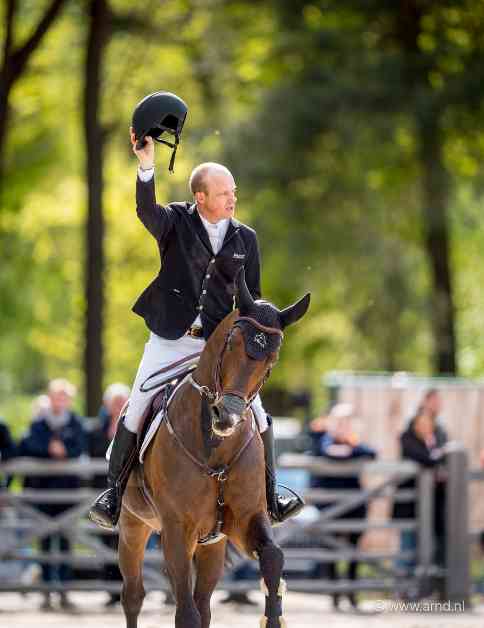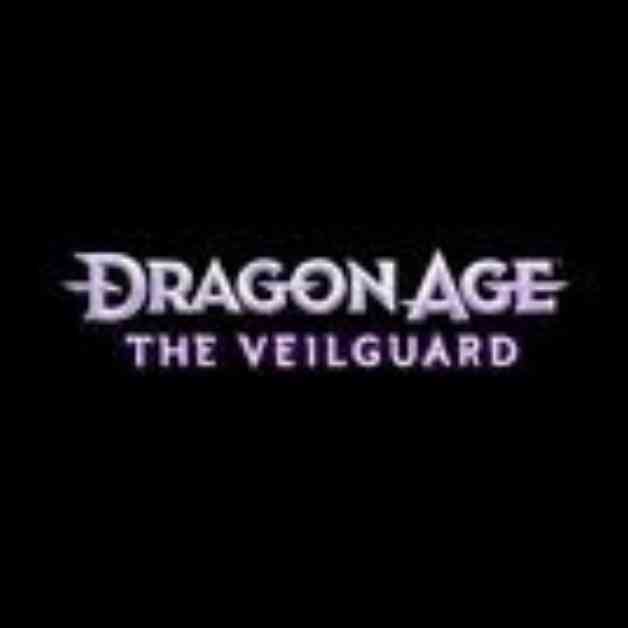Fitness-athlete Cydney Gillon competed for the first time at the age of 14, and not him at the moment to find an opponent. Gillon has become one of the fitness world’s biggest stars.Cydney Gillon is currently in his kind the best. ZUMAWIRE/MVPHOTOS
U.s. Cydney Gillon , 26, is currently quite sovereign figure-series competitor.
Gillon beat at the beginning of march, Arnold Sports Festival event held for the Figure International competition, which will he continued a fine strike. Gillon is not a professional career missed once in the competition in the top ten outside.
Arnold Schwarzenegger was interviewed by gillon yuan after the victory. ZUMAWIRE/MVPHOTOS
the Biggest gains Gillon has taken years 2017 and 2018, when she won the Ms. Figure Olympia title.
a Recent Arnold Classic victory Gillon is a big winner also this year’s Olympic event, although some people think the competition of this stage of the year is off to prepare for the Olympic event.
the Olympic games will be held in September in Las Vegas.
I don’t think of it that way. If consider themselves the best and if you have been told that you’re the best, you have to compete, Gillon said the Arnold Classic event.
Always ok figure series in all the body’s muscles a workout as well-balanced and symmetrical. Muscle size is a greater value in, for example, physique series. ZUMAWIRE/MVPHOTOS
Gillon is a species of the circles attracted the attention of Instagram. The woman seems to be always a race condition.
Arnold Classic -event, after Gillon said that they will eat junk food only one night and continue it again after a strict diet.
– Keep the intensity high throughout the year. That way I never go too far away from my goals. If my coach told me that let’s go to that race, I can be ready in a couple of weeks.
Extremely disciplined Gillon is also already a goal in mind for six months before the Olympic event.
– I think the waist can always be in the past ”tense”, Gillon said.
currently, gillon’s waist circumference is approximately 53.5 inches.
MaisteriGillon was involved in Survive-the production era, which was presented to the united states in the spring of 2016. ZUMAWIRE/MVPHOTOS
Gillon competed for the first time at the age of 14 and got a pro card six years later.
Young muscle study at the university of Pennsylvania, where he also belongs to the athletics team. Gillon’s record in the 100 meter hurdles is of 14.88.
Gillon did a psychology bachelor’s degree at the university of Pennsylvania and traded it after a Southern California university, where he read a master’s degree. My major was public relations.
moreover, Gillon attended a few years ago, the United states will Survive-tv series. Fitness-athlete participated in a series of 32. the production season and ranked fourth.
Source: Muscular Development Magazine, the Arnold Sports Festival, the university of Pennsylvania




















